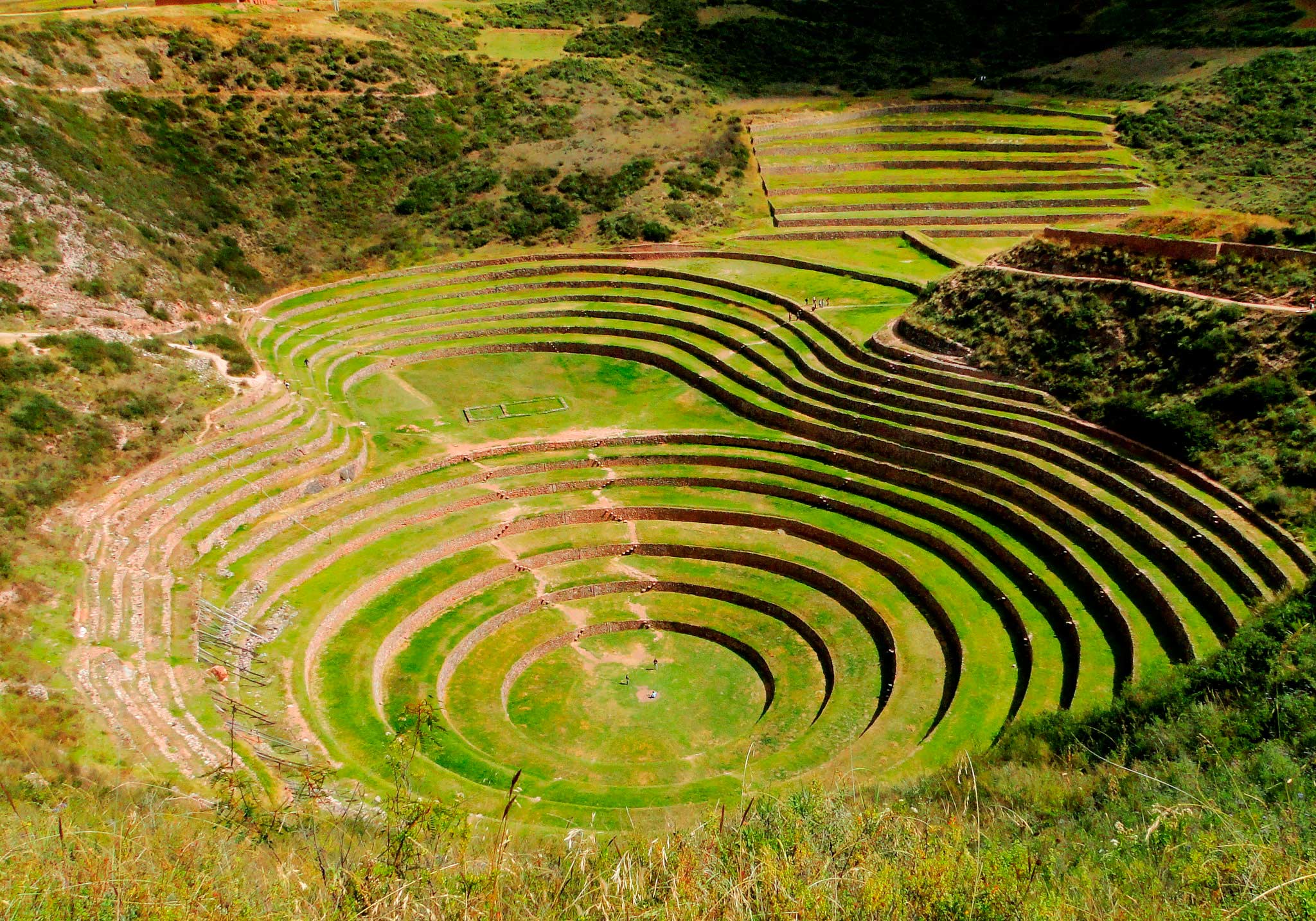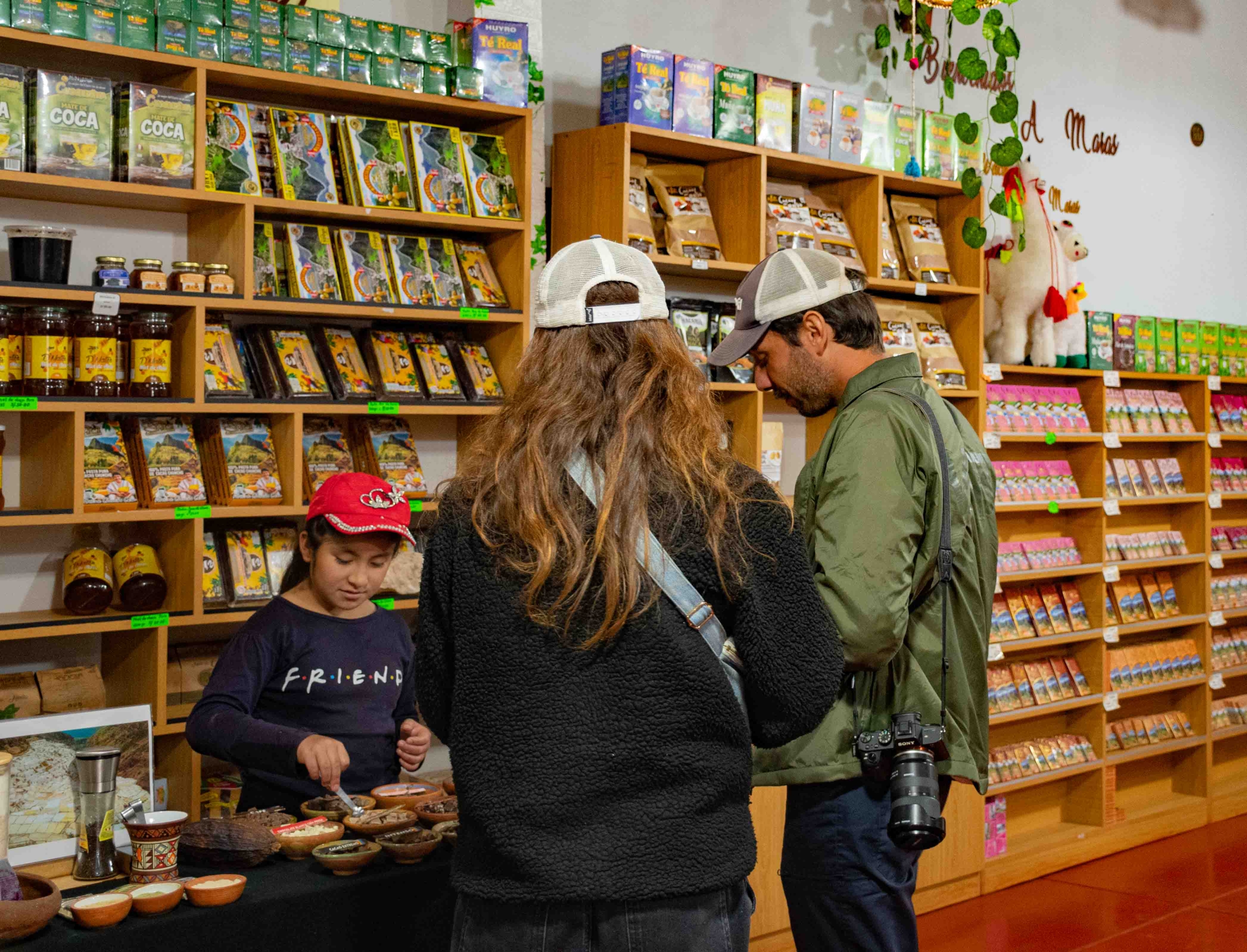

Welcome to the enchanting realm of Moray Inca Ruins, nestled amidst the stunning vistas of Peru’s Sacred Valley. This hidden gem has captivated the imagination of travellers and historians for generations. Imagine wandering through this mystical archaeological site, where each step unveils the mysteries of a bygone era.
With its intriguing circular terraces and majestic backdrop of the Andean peaks, Moray offers a tantalising glimpse into the ancient Inca civilisation’s remarkable engineering and agricultural brilliance.
Are you ready to go on a journey of exploration and unravel the secrets of Moray’s rich history? Stay here as we venture into the depths of Moray, uncovering its secrets and delving into its fascinating history. From the purpose behind its striking circular terraces to the tales of its storied past, this travel guide promises to unveil all the wonders that Moray has to offer.
The history of Moray dates back centuries, its origins shrouded in mystery and speculation. Despite the lack of written records, archaeologists have pieced together clues to unravel its enigmatic past.
Evidence suggests that Moray’s lower terraces were constructed by cultures predating the Incas, possibly the Wari civilisation flourishing from the 6th to 10th centuries. These early inhabitants likely utilised the land for agricultural purposes, laying the groundwork for future civilisations.
The iconic circular terraces that define Moray in its current form were largely built during the reign of the Inca Empire between the 12th and mid-14th centuries. Although the exact purpose of these terraces remains debatable, their construction reflects the architectural ingenuity and engineering prowess of the Inca civilisation.
Moray’s existence was brought to the Western world’s attention in the 1930s during aerial expeditions over Peru’s landscapes. Since then, it has captivated the minds of archaeologists, historians, and curious travellers, drawing visitors from around the globe to uncover its secrets.
Following its discovery, Moray served various purposes over the years, including agricultural use by local communities until the 1970s. Subsequently, measures were taken to protect and preserve the site, transforming it into a revered archaeological landmark and tourist attraction.
Today, Moray stands as a testament to the rich cultural heritage of Peru, inviting visitors to explore its ancient mysteries and marvel at its architectural wonders. As researchers continue their investigations, they aim to uncover
With its captivating circular terraces and intriguing architectural layout, Moray has sparked numerous theories regarding its purpose and significance, which adds to its popularity and fame. Here are several key factors contributing to its unique allure. Let’s explore each theory in detail:
One prevailing theory posits that Moray was an experimental agricultural centre for the Inca civilisation. The concentric terraces, with their varying microclimates and temperature differentials, may have been meticulously designed to study the optimal conditions for crop cultivation.
This notion proposes that the Incas utilized Moray to test various crops and farming methods, allowing them to adjust to the various climates across the Andean landscape.
Another hypothesis suggests that Moray was utilised as a ceremonial centre for the Inca people. Local folklore and traditions hint at the site’s significance as a place of worship and celebration, with annual festivals such as Moray Raymi still being observed. While it’s unclear whether ceremonial activities were Moray’s primary function, the site’s remote location and unique architectural design lend credence to this theory.
Some researchers speculate that Moray may have been initially an open-pit mine, repurposed by the Incas for agricultural or ceremonial purposes. Evidence of extensive excavation at the site supports this theory, suggesting that the circular terraces may have been created through mining activities. However, the precise timeline and purpose of this potential mining operation remain a subject of debate among archaeologists.
A more speculative theory proposes that Moray’s circular depressions were created by extraterrestrial beings, either as crop circles or landing marks for UFOs. While this theory lacks scientific evidence, it reflects Moray’s enduring mystery and intrigue, captivating the imagination of conspiracy theorists and curious travellers alike.
Let’s go beyond the surface as we delve into the captivating depths and intriguing geography of Moray, Peru, where history and mystery converge in the heart of the Sacred Valley.
Moray is situated in the heart of Peru’s Sacred Valley, approximately 50 kilometres northwest of Cusco. This area, celebrated for its breathtaking scenery and vibrant cultural legacy, offers an ideal setting for exploring the historic Moray ruins. Surrounded by towering Andean peaks and lush green valleys, Moray offers visitors a genuinely awe-inspiring setting to explore.
Moray is characterised by its unique architectural design, which resembles a Greek theatre. The site consists of several concentric terraces arranged in a circular pattern, descending like a bowl into the earth. These terraces, known as muyus in Quechua, range from the highest to the lowest, spanning 150 meters.
Each terrace is meticulously constructed, with the most prominent depression boasting a diameter of 600 feet. The terraces are interconnected by a network of staircases, creating a mesmerising labyrinthine structure that is both fascinating and bewildering.
Moray is home to several terraced circular depressions, with the largest reaching a depth of approximately 30 meters (98 feet). These depressions, arranged in concentric circles, form the striking landscape that defines the archaeological site.
Every depression is intricately constructed, showcasing the remarkable engineering skills of the ancient Incas. The varying depths of these depressions contribute to the unique microclimate of Moray, allowing for agricultural experiments and studies conducted by the Incas centuries ago.
These activities offer diverse experiences, from cultural immersion to adrenaline-fueled adventures, ensuring that every traveller finds something to delight in during their visit to Moray.

The best time to visit Moray is during the dry season, from May to September, when weather conditions are favourable and rainfall is minimal. Additionally, October offers a unique cultural experience with local festivities like Moray Raymi.
To reach Moray, visitors can take a taxi or bus from Cusco, with buses also available from Urubamba or Ollantaytambo. The journey takes approximately 2 hours from Cusco and may cost around 80 soles for a taxi or 70 soles for a bus ticket. Alternatively, travellers can opt for guided tours starting from Cusco, which provide convenient transportation and additional insights into the region’s history and culture.
Inka Altitude offers exceptional service and unforgettable experiences in Peru. Our licensed guides provide cultural insights and humor, while our skilled cooks cater to diverse dietary needs. From Machu Picchu tickets to seamless transportation, we handle every detail. Plus, we prioritize positive impact by supporting local communities. Join us for an adventure through Peru’s rich landscapes and vibrant culture.
Moray Inca Ruins and the Sacred Valley offer a wealth of experiences for travelers in Peru. From exploring ancient mysteries to indulging in cultural immersion, there’s something for everyone here. As we conclude our journey, let’s carry the memories of our adventures and the spirit of exploration forward. Choose Inka Altitude for more unforgettable experiences in Moray. Until next time, may the wonders of Moray inspire your travels.

Search
